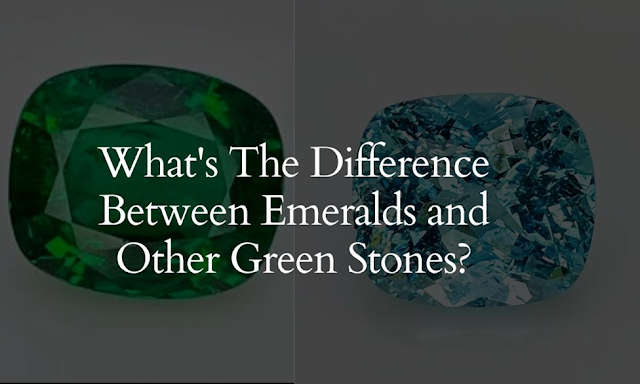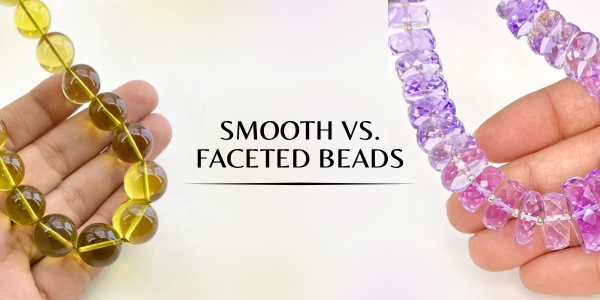What's the Difference Between Emeralds and Other Green Stones?
High-quality emerald gemstones have been valued as the most precious of all green gemstones since ancient times, and not without reason. Their durable beauty and rich green color give them a distinctive flair that's unmatched by any other gemstone. But how exactly do emeralds differ from their close competitors? This article will compare emeralds to jade, peridot, and topaz so you can see how they stack up against each other in terms of their appearance, durability, and price.
Differences in appearance
Emerald is a green-colored gemstone that is found in many
pieces of jewelry. It can be confused with other green loose gemstones such as peridot, tourmaline, or jade. One way to
tell them apart is by looking at their color - emeralds are a darker green than
peridots and have more of an olive hue. The lighter hues of emerald also differ
from the light greens of tourmalines or jades. Another way to differentiate
between these gems is by checking for any flaws. Emeralds may contain rutile
needles, while peridots often display chatoyant bands. Tourmalines will typically show black marks which gives them an
appearance similar to opal. Jades may also appear with these black markings but
they're much less common than schiller on tourmaline stones.
Emerald is one of the rarest green wholesale gemstones on earth. It has a chemical composition that's
different from other imitated green stones such as peridot, tourmaline, and
jade. This difference in chemical composition makes it impossible to imitate
emeralds with these other stones. Peridot and olivine are both silicate
minerals while tourmaline is a complex borosilicate mineral. Although they have
some differences in color, they all have compositions similar enough to create
an imitation stone. Jade can also be used to imitate emeralds because it
contains trace amounts of chromium which give it its distinctive green hue.
Differences
in value
The value of an emerald is determined by a few factors,
including color, clarity, size, cut, and carat weight. The most valuable are
those with a light green hue that is free from inclusions (blemishes) or those
that have been enhanced to remove inclusions. Most gemstones are priced
according to their rarity; more common gemstones such as citrine may be worth
less than one-tenth the price of an emerald. An imitation emerald is made with
glass or plastic material and will not be nearly as valuable as a natural
stone.
Conclusion
In conclusion, emeralds are green stones that have a
distinct hue that cannot be found in other green stones. They have a long
history of being admired by kings, queens, pharaohs, ancient civilizations, and
commoners alike. It is thought that they were first discovered when miners
found an outcrop of what looked like crystal on an island in Egypt. There has
been so much research done on these precious gemstones, but there is still no agreement on where they come from or how
to get them to grow naturally.




Comments
Post a Comment